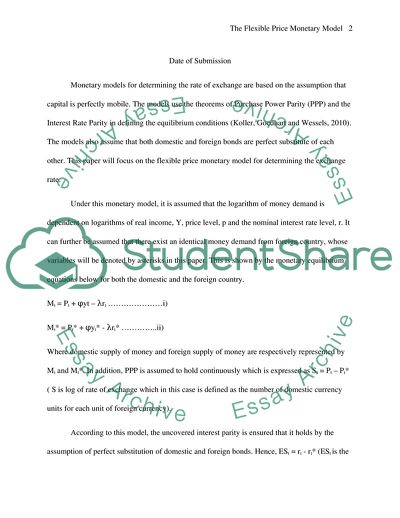Cite this document
(International Finance Essay Example | Topics and Well Written Essays - 1500 words - 5, n.d.)
International Finance Essay Example | Topics and Well Written Essays - 1500 words - 5. https://studentshare.org/finance-accounting/1863651-international-finance
International Finance Essay Example | Topics and Well Written Essays - 1500 words - 5. https://studentshare.org/finance-accounting/1863651-international-finance
(International Finance Essay Example | Topics and Well Written Essays - 1500 Words - 5)
International Finance Essay Example | Topics and Well Written Essays - 1500 Words - 5. https://studentshare.org/finance-accounting/1863651-international-finance.
International Finance Essay Example | Topics and Well Written Essays - 1500 Words - 5. https://studentshare.org/finance-accounting/1863651-international-finance.
“International Finance Essay Example | Topics and Well Written Essays - 1500 Words - 5”. https://studentshare.org/finance-accounting/1863651-international-finance.


